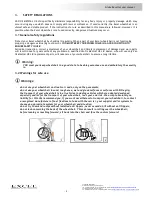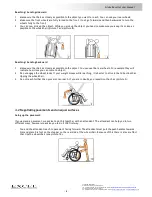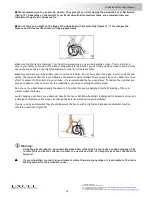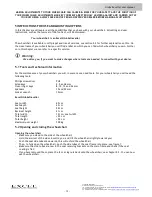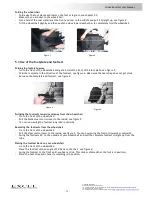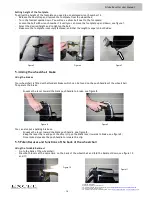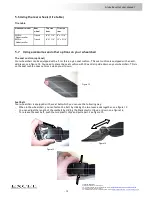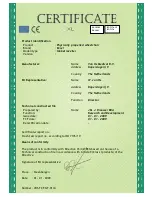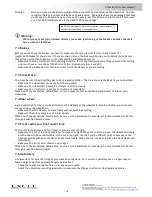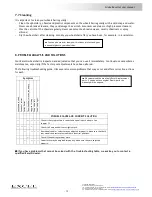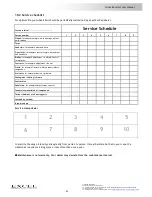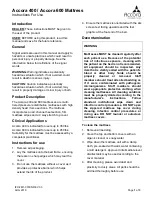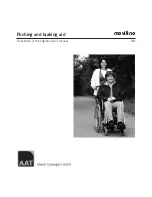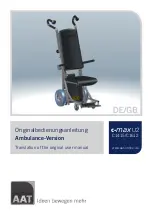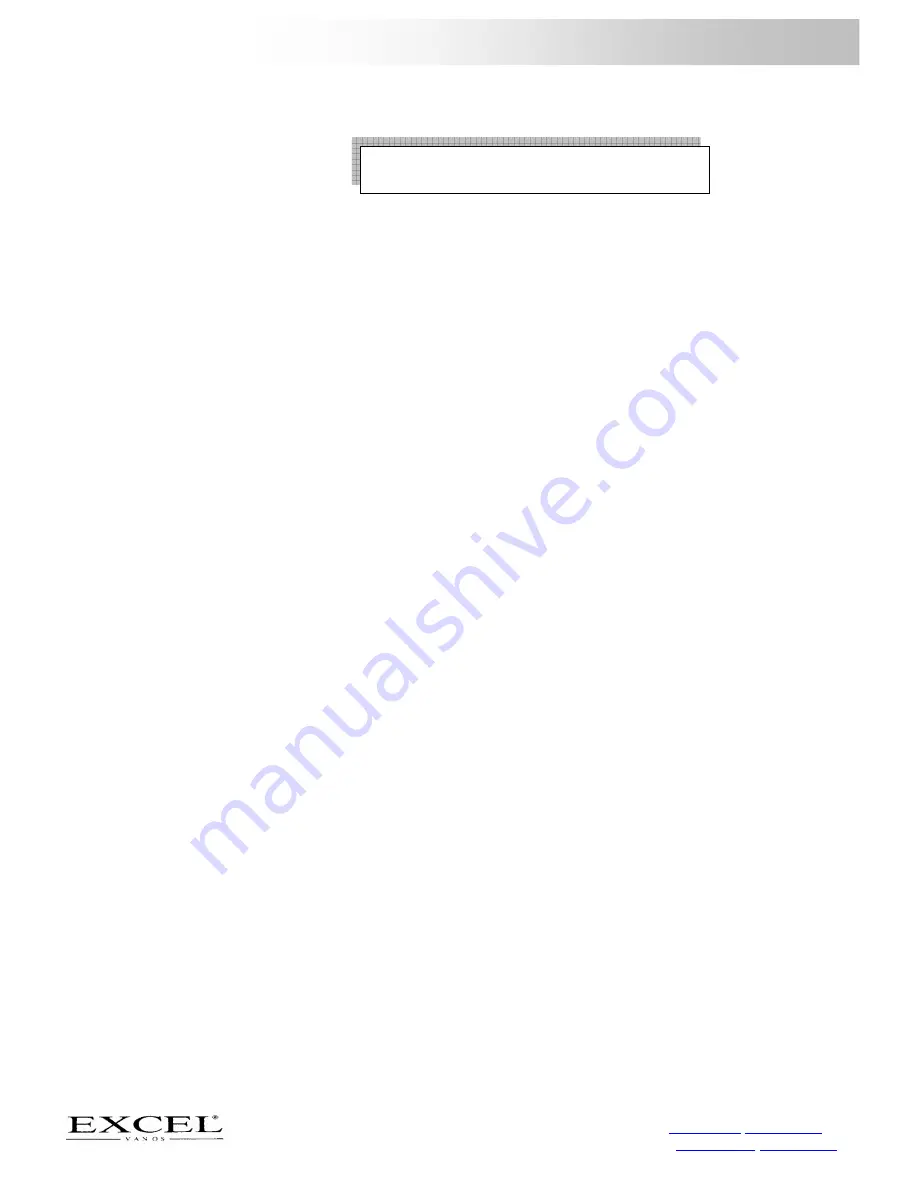
~ 18 ~
Globetraveller user manual
© 2009 VAN OS MEDICAL
International customers please contact:
Tel. +31(0)167 573020, Fax +31(0)167 573381, E-mail:
sales@vanosmedical.nl
,
www.vanosmedical.com
Irish and UK customers please contact:
Tel. +44(0)1757 701177, Fax +44(0)1757 706011, E-mail:
sales@vanosmedical.com
,
www.vanosmedical.com
PU tyres:
More and more we use PU tyres (polyurethane or puncture-free tyres) on the wheelchair. You can
recognise these tyres because they do not have a valve. These tyres have the advantage that they
do not need to be pumped up and can not be punctured. This PU tyre can just as an air tyre wear
out. Check periodically to see if the tread is still deep enough.
Warning:
When tyres are not fully inflated this may cause bad functioning of the brakes and make the chair
move when not intended.
7.2 Brakes
Before you can check the brakes, you need to make sure the tyre pressure is correct, see chapter 7.1.
Inspect both brakes for sharp rims. If there are sharp rims on the brakes we advise you to replace them. Ensure
that all the parts of the brake are in the right position and fastened secure;
- Make sure that the mechanism is functioning smoothly. If it is not functioning smoothly put some oil at turning
points with one or two drips of WD40 oil or Teflon. Remove surplus oil and dirt;
- Make sure the brakes do not come into contact with the wheels as you are moving.
7.3 Cross brace
The cross-frame of the wheelchair has to be in a good condition. The cross brace is the basic of your wheelchair.
- Make sure the wheelchair can easily be fold and unfold;
- Make sure the wheelchair travels in a straight line while moving;
- Make sure the cross frame is not bent and shows no wear signs;
When one of the exceptions, noted above, occurs, please contact a qualified Excel® dealer to inspect your
wheelchair.
7.4 Rear wheel
A good adjustment of the rear wheels improves the stability of the wheelchair. Also it will allow you to use less
energy to move the wheelchair.
- Make sure that the wheels can move freely without touching anything;
- Make sure there is no margin on the rear wheels.
When one of the exceptions, noted above, occurs or if an adjustment is necessary it is recommended to do this
through a qualified Excel® dealer.
7.5 Front castor and front castor fork
The front fork must move and turn freely to ensure a smooth ride.
- Make sure the nut of the front fork is nor to loose or to tight. When the nut is too loose, the wheels will rotate
but the ride will be uncomfortable. If the nut is too tight, the chair will be difficult to steer because of the
bearings getting pushed so the balls can not move freely. When the nut is correct in place the front wheel will
stop slowly;
- Make sure the front castor shows no wear signs.
When one of the exceptions, noted above, occurs or if an adjustment is necessary it is recommended to do this
through a qualified Excel® dealer.
7.6 Upholstery
It is important to check the lining of your wheelchair regularly. Torn or worn upholstery can no longer support
human weight and this can create dangerous situations.
- Check the textile coating for holes, cracks and worn spots;
- Check the upholstery-mounting grommets to make sure that they are all correctly aligned and secure.
For the maximum tyre pressure we direct you to chapter 5, ‘
Instructions for use and mounting options’.


